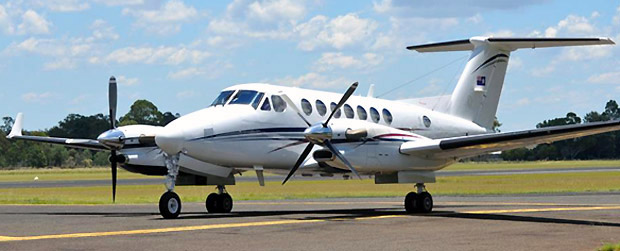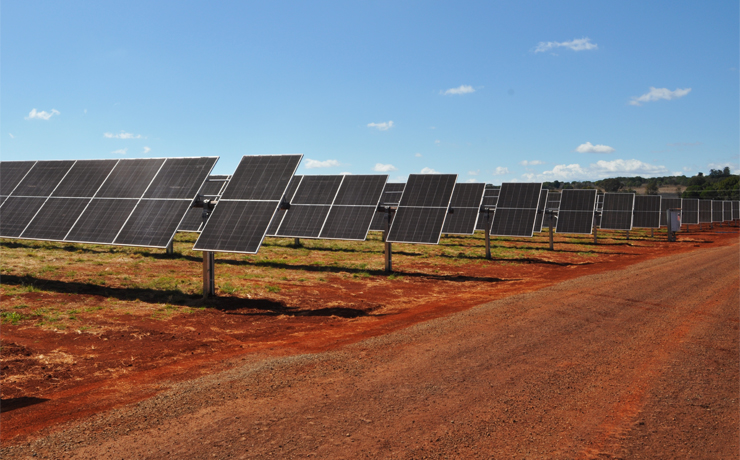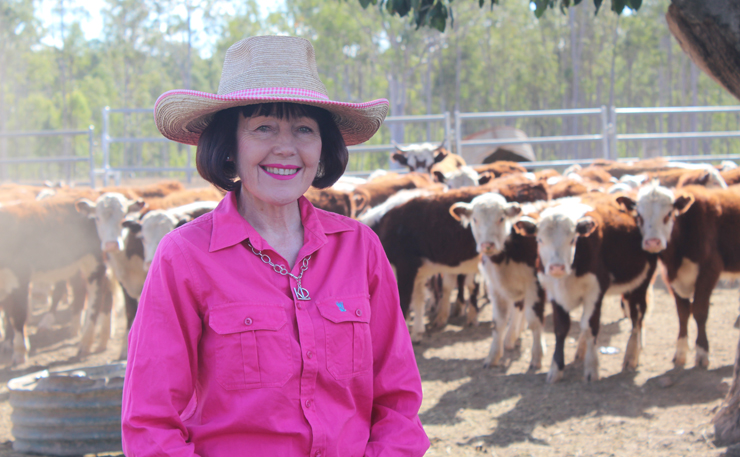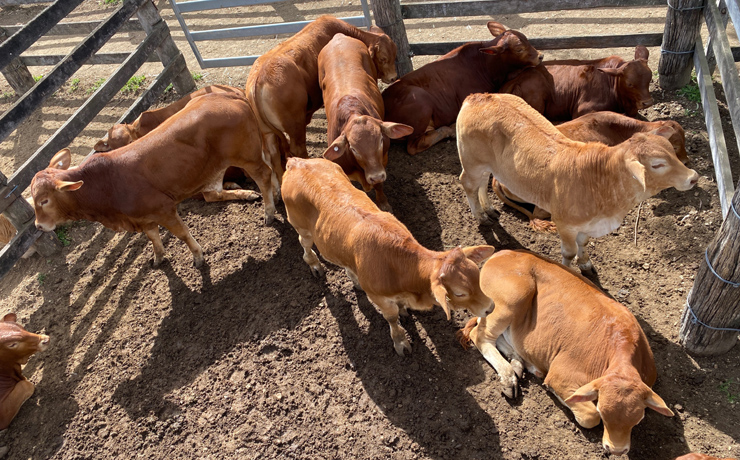
July 4, 2013
The South Burnett Regional Council will pay $70,000 to maintain a weather information service at Kingaroy Airport.
The service was earmarked to be withdrawn this year after the Bureau of Meteorology (BOM) conducted a long-term review of its Terminal Aerodrome Forecast (TAF) services and recommended that weather forecasting stations at 78 regional airports around Australia be closed.
The closures were expected to save the bureau $7 million a year, a cost-cutting exercise that Member For Maranoa Bruce Scott derided as “measly” when the decision to close Kingaroy’s TAF was announced.
The withdrawal of the weather service at the airport would have meant that pilots flying to Kingaroy would have to carry sufficient extra fuel to allow them to divert to a suitable alternate airport in poor weather conditions.
This could have made the airport an unattractive destination, as well as increased safety risks for pilots and passengers.
The BOM report was released in January and the South Burnett Regional Council made a formal submission asking for reconsideration of the decision soon afterwards, however this was rejected.
Accordingly, the Council allocated $70,000 in this year’s Budget to maintain the weather service itself.
The money is part of a $550,000 spend on the airport which will also include $450,000 to resurface the main runway and $30,000 to reseal the areas between existing flight hangers.
In March, SBRC Mayor Wayne Kratzmann told southburnett.com.au Kingaroy Airport was too important to be ignored.
“Kingaroy Airport is the largest in our region and regularly used by many different types of aircraft. This includes emergency services, the armed forces and the State Government, along with private aircraft operators,” he said.
“The availability of accurate and up-to-date weather information is important for the safety of pilots and passengers. We don’t think aviation safety levels at Australia’s regional airports should be reduced.”
Related articles:

























